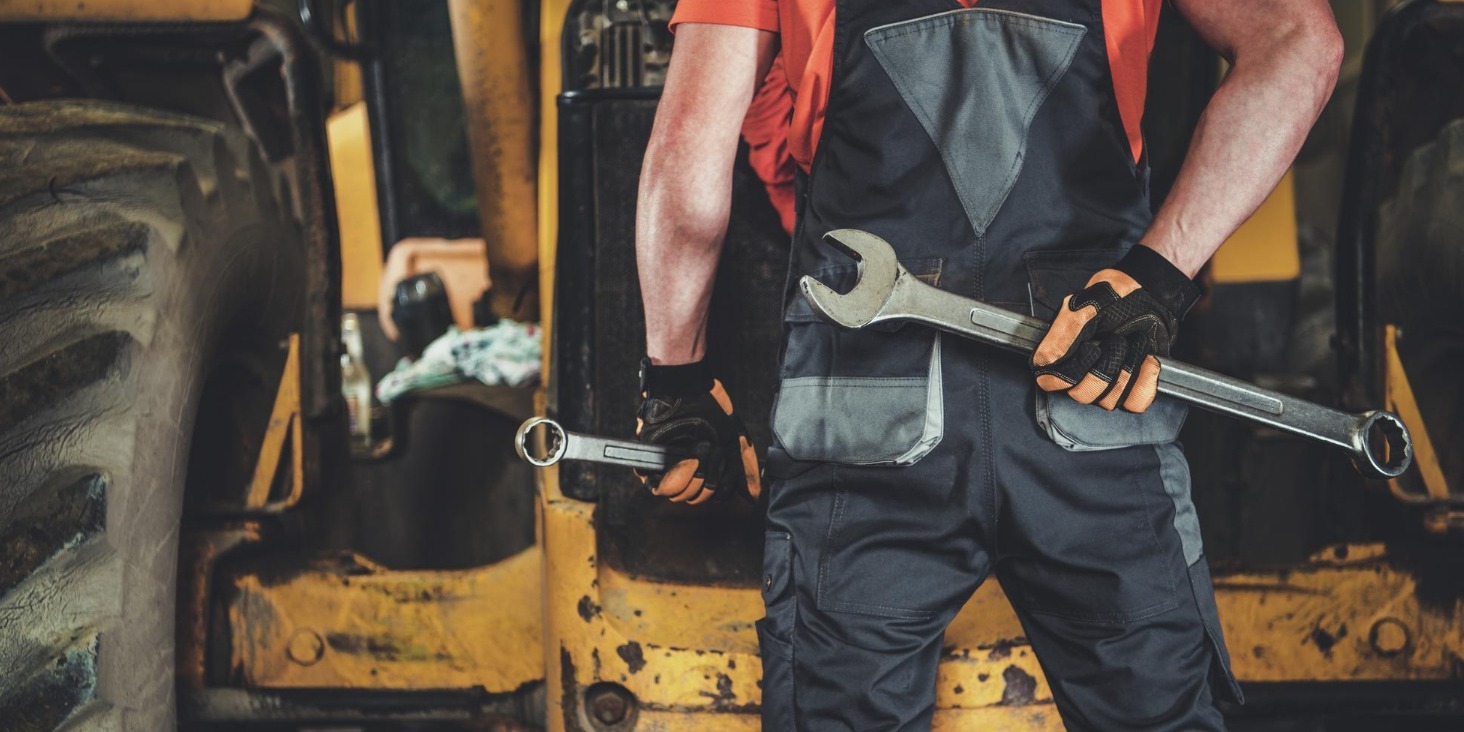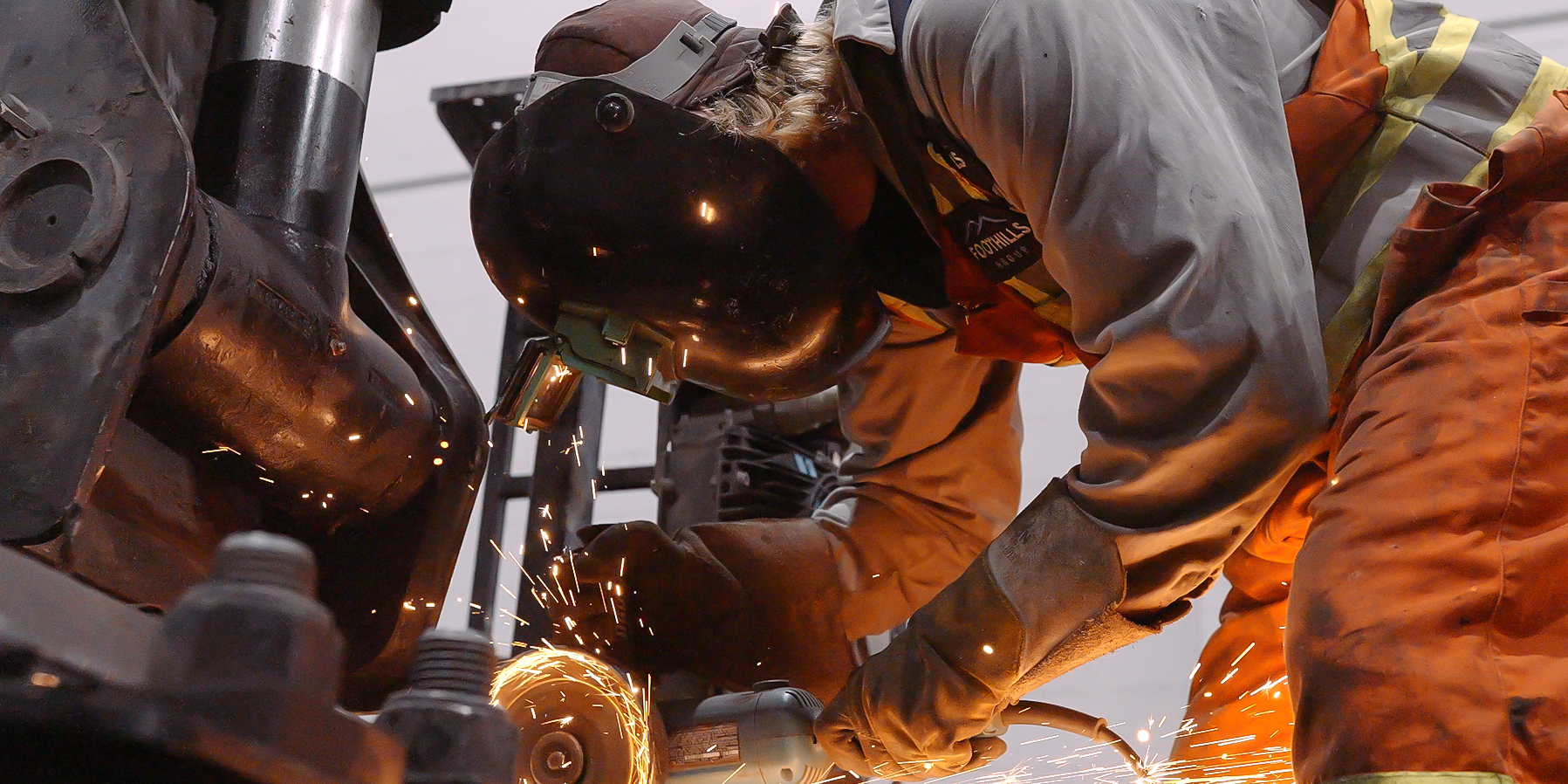Shop Emergency Preparedness: A Practical Playbook for Heavy-Duty Repair Shops
In a diesel or fleet shop, things go from routine to risky in seconds - welding sparks near solvent, battery acid splash, a lift failure, a stray rag in a heater. When that moment hits, your response determines whether it’s a minor interruption or a multi-day shutdown that wrecks schedules and margins. Emergency preparedness isn’t “nice to have.” It protects people, uptime, and profit - especially in high-risk environments like truck, trailer, and equipment repair.
This guide lays out a straightforward, shop-floor plan: what to stock, how to train, how to write and drill an Emergency Action Plan (EAP), and how a heavy-duty platform like ShopView keeps safety and compliance tight without adding paperwork.
Why Preparedness Pays (Safety, Uptime, Liability)
Heavy-duty shops carry elevated risk: flammable fluids and aerosols, welding and cutting, pressurized systems, stored tires, battery charging, and heavy suspended loads. Fires and serious injuries aren’t rare - and even “small” incidents trigger lost hours, missed deadlines, liability exposure, higher premiums, and reputational damage with fleet customers.
Preparedness is both compliance and business sense:
- Regulatory duty: OSHA expects businesses to have an emergency plan and appropriate equipment on hand. Failing audits or investigations can cost far more than prevention.
- Continuity: The difference between being down an hour and down a week is having clear steps, trained people, and working gear.
- ROI: Avoided incidents, fewer lost-time injuries, and smoother compliance translate to more wrench time and less admin drag. Safety is a profit lever, not a cost sink
Stock the Right Emergency Gear (and Keep It Reachable)
“Reachable” and “ready” beat “somewhere in the office” every time. Walk your floor with a 10-second rule: could a tech reach the right tool in 10 seconds with eyes watering or lights out?
First Aid Kits (OSHA/ANSI aware):
- Keep clearly marked, readily accessible kits - more than one in larger layouts or separate bays.
- Inspect monthly and after every use; replace expired items immediately.
- Core contents: assorted bandages, gauze, antiseptic, burn gel, trauma pads, eye flush. Add shop-specific items (e.g., burn dressings for welding, a tourniquet for severe lacerations).
- Assign a named owner to kit maintenance. No owner = dead kit.
Emergency Eyewash:
- Where corrosives/solvents are present, provide eyewash within ~10 seconds of the hazard. Wall-mounted plumbed units are best; sealed bottles are a backup.
- Keep the path clear. Train the team to get there by feel; seconds matter with acid/alkali splashes.
Fire Extinguishers:
- ABC-rated units, mounted and signed, typically within 50 - 75 feet anywhere in the shop.
- Annual professional service; monthly visual checks (pin/seal intact, gauge green).
- Train PASS (Pull, Aim, Squeeze, Sweep) and when not to fight - life over property.
Spill & Shutoff:
- Spill kits for fuel, oil, coolant, acids (absorbents, neutralizers, PPE, disposal bags).
- Label and test emergency shutoffs for power, air compressors, and fuel pumps.
PPE & Extras:
- Face shields, chemical-resistant gloves, heat-resistant gloves, respiratory protection where needed.
- Consider an AED and CPR-trained staff; not mandated everywhere, but a proven life saver.
Golden rules: Gear must be visible, unobstructed, labeled, and “muscle-memory” familiar. If someone has to move boxes to reach a fire extinguisher, you’ve already lost time you don’t have.
Train Like It Matters (Because It Does)
Equipment without training is a false sense of security. Bake response skills into onboarding and refreshers so people act fast and correctly under stress.
First Aid & CPR:
- If you’re not next door to medical care, have at least one trained responder on every shift - more is better. Red Cross-style courses are low time, high impact.
- Teach basics for common shop injuries: direct pressure for bleeding, cool water for burns, eyewash immediately for chemical exposure, recovery position for breathing issues.
Fire Response:
- Do annual extinguisher education for all employees. Clarify the “one extinguisher” rule for incipient fires: if it doesn’t go out quickly, evacuate and call 911.
- Conduct at least one evacuation drill each year. It reveals blocked exits and confusion you don’t see on paper.
Hazard Communication & SDS:
- Everyone should know where Safety Data Sheets live and how to read first-aid sections quickly.
- Cover safe oily rag storage/disposal (spontaneous combustion is real).
Equipment-specific procedures:
- How to kill main power/air, secure a hoist, or safely crib a load during a rescue.
- Spill response roles and disposal points.
Repetition > perfection: Short toolbox talks keep knowledge fresh. Rotate responsibilities during drills so anyone can call 911, guide evacuation, shut off a compressor, or grab the kit.
Write and Drill a Lean Emergency Action Plan (EAP)
If it’s not written, assigned, and practiced, it’s wishful thinking. Your EAP doesn’t need corporate bloat. It needs clarity, owners, and maps.
Scope the likely events:
- Fire/explosion, serious injury/medical emergency, chemical spill/gas leak, severe weather (tornado/hurricane/ice), earthquake (where relevant), and violence/lockdown (rare, but plan).
Map the response:
- Alarm & notify: How do you alert a loud, busy floor (voice, horn, strobe, buzzer)?
- Evacuation: Primary/secondary routes, marked exits, and a muster point (with roll call).
- Accountability: How you’ll confirm every person is out (visitor log included).
- Critical shutdowns: Who kills main power/air/gas - only if safe to do so.
- External aid: Who calls 911 and meets responders to guide them in.
- After-action: What to report (injury logs, OSHA triggers), who communicates with customers, when to resume operations.
Make it visible:
- Post simple floor diagrams with exits, extinguishers, eyewash, shutoffs, and muster point.
- Label non-exits (“Not an Exit”) to cut confusion.
Assign names, not titles:
- “Emergency Coordinator: Name (Backup: Name)”
- “Evacuation Lead - Front Office: Name” / “Shop Floor: Name”
- “First Aid Lead: Name”
- Post emergency numbers near every phone and in the break room.
Drill & improve:
- Run and log at least one drill a year (more if you’ve grown, re-arranged bays, or added hazards).
- Quick debrief: what worked, what didn’t, what to fix by when. Then fix it.
Use Software to Keep Safety, Compliance, and Proof Tight
Preparedness often fails in the follow-through: forgotten checks, missing logs, no record when an inspector asks. Purpose-built shop software closes those gaps while speeding up the day job.
Turn safety into scheduled work:
- Create recurring tasks/work orders for monthly extinguisher checks, eyewash flow tests, emergency light checks, kit inspections, and spill kit inventory.
- Attach simple digital checklists and photo proof. If it isn’t recorded, it didn’t happen.
Connect compliance to workflow:
- Pull DVIR defects and telematics fault codes right into your queue so safety issues become work orders - not sticky notes.
- Keep digital service history for audits. When a DOT, OSHA, or insurer asks, you’ve got timestamps, notes, and signatures.
Reduce chaos (chaos breeds accidents):
- Live scheduling keeps workloads sane and clear - less “rush and guess” behavior that causes injuries.
- Inventory visibility avoids emergency shortcuts (“just send it” on bad brakes because the chamber is mysteriously out of stock).
Multi-location consistency:
- Standardize safety tasks and checklists across shops and mobile units. See at a glance who’s overdue on drills or forklift PMs.
Cloud resilience:
- If a disaster hits your building, your operational brain lives in the cloud. You can contact customers, coordinate vendors, and keep moving from a laptop or phone.
ShopView was built for heavy-duty realities: DVIR and telematics ties, PM schedules, multi-asset work orders, cores/lot tracking, and the inventory/scheduling controls that cut the “paperwork panic” that makes emergencies worse.
The 12-Point Emergency Readiness Checklist (Print This)
- Name an Emergency Coordinator and backup; post contacts.
- Map & post exits, extinguishers, eyewash, shutoffs, muster point.
- Stock/inspect first aid kits monthly (assign an owner per kit).
- Install/verify eyewash near chemical/acid risks; keep paths clear.
- Mount ABC extinguishers with signage; annual service, monthly checks.
- Stage spill kits (oil, fuel, acids) with PPE; train on use and disposal.
- Train first aid/CPR responders for each shift; track expirations.
- Do annual fire training and one evacuation drill; log both.
- Write a lean EAP with roles, communications, and roll-call steps.
- Set ShopView recurring tasks for safety inspections and drills; attach checklists.
- Integrate DVIR/telematics so safety defects auto-generate WOs.
- Review quarterly: near-misses, gear status, floor changes, staff changes.
Tape this list inside the parts room door or by the time clock. Make safety part of the routine, not a once-a-year binder moment.
Culture: The Quiet Driver of Safer, Faster Shops
Policies don’t move until people do. Build a culture where safety is everyone’s job:
- See something, say something: Reward hazard spotting and near-miss reports. Fix them fast.
- No heroics: Clear guidance on when to evacuate vs. fight a fire prevents “cowboy moments.”
- Keep the floor tidy: Good housekeeping removes slip, trip, and fire fuel - and makes exits usable.
- Close the loop: After incidents or drills, share what changed because people spoke up.
Technicians stay longer where they feel protected and respected. In a tight labor market, that’s pure ROI.
What “Good” Looks Like (and Why It Outperforms)
- Prepared shop: Extinguisher used correctly on a small flash, evac completed in under two minutes, one minor burn treated and logged, back turning wrenches the same morning. Customers get a heads-up, schedule impact is minimal, documentation is clean.
- Unprepared shop: Blocked exit, empty extinguisher, confusion over the muster point, EMS delayed by unclear directions, scattered paperwork. Two days of downtime, rattled team, rattled customers, higher costs.
Same spark. Different outcome. The gap is preparation and process.
Bring It Home: Safer People, Stronger Profit
Emergency preparedness won’t sell a job - but it will save one. Stock the right gear, train like you mean it, write (and drill) a lean EAP, and let software keep the cadence and the proof. The payoff shows up everywhere: fewer lost-time accidents, fewer shutdowns, faster recoveries, cleaner audits, better retention, and a reputation fleets trust.
Ready to tighten safety and throughput?
👉 Start a Free Trial or Book a 15-Minute Demo
See how ShopView turns safety and compliance into check-the-box routines - so your team can spend more time doing what makes money: diagnosing, fixing, and rolling trucks back out the door.
.png?width=1500&height=1500&name=11%20(1).png)








.png?width=1500&height=1500&name=1%20(1).png)

%20-%20Copy.png?width=1500&height=1500&name=2%20(1)%20-%20Copy.png)







